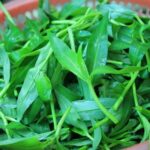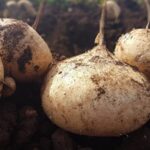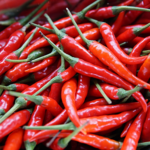Pineapple leaves, also known as pandan leaves, belong to the wild pineapple plant family. This herbaceous plant boasts long, sword-like leaves that range from 30 to 51 cm in length. What sets it apart is the absence of thorns on both edges of the leaves, although a fine fuzz may occasionally appear. Thriving in tropical environments, it typically grows in clusters.
It is easy to confuse pandan leaves with those of the fruit-bearing pineapple plant. However, the two are distinctively different. The pineapple plant cultivated for its fruit has thick, rigid leaves with prominent serrations along the edges and a darker hue on both sides. In contrast, pandan leaves are devoid of serrations, exhibiting softer and thinner leaves that are usually green. When crushed, they release a delightful fragrance.
Pandan leaves are predominantly found in countries such as Malaysia, Indonesia, and the Philippines. In Vietnam, this plant used to grow abundantly in the wild across all three regions. In recent years, households have widely cultivated pandan to supply the market.
Pandan leaves serve not only as a culinary herb but also impart a subtle aroma and appealing color to desserts and cakes. Many people also favor infusing pandan leaves with tea to create a delightful beverage.
“Pandan leaves used to grow wildly along the roadsides, especially the thornless variety, which is distinct from the pineapple plant cultivated for its fruit,” shared Ms. Hoai, a local from An Giang. “Pandan leaves can be harvested year-round, and the ideal ones are those that are slightly mature, thick, and have a deep green color.”
When using pandan leaves for wrapping cakes, the fresh leaves are typically ground or pounded into a paste, and the extracted juice is mixed with glutinous rice before being wrapped and steamed. This method imparts a beautiful green color and a subtle fragrance to the cakes, enhancing the dining experience. In my hometown, street food vendors also use pandan leaves to color syrups or make sago pineapple ice cream.”
In recent years, Hanoi and Ho Chi Minh City have witnessed a significant increase in the demand for pandan leaves. Consumers can find fresh leaves, but pandan powder is also available, making cooking more convenient and faster. Currently, fresh pandan leaves are priced at a few thousand VND per kilogram, while pandan powder is more expensive, costing up to 300,000 VND per kilogram.
Ms. Hoai also shared, “Fresh pandan leaves are usually more aromatic and flavorful, but they are not always readily available in the city, and their shelf life is limited. So, I often opt for pandan powder, which I store in the refrigerator. Occasionally, I use it for baking or adding color to dishes; it’s convenient and quick while retaining the captivating aroma.”
**Nutritional Highlights of Pandan Powder:**
* Beta Carotene: Pandan leaves are rich in beta carotene, a precursor to vitamin A. In 100 grams of pandan powder, this nutrient can provide between 43-80% of the daily requirement. The yellow or deep orange-colored leaves typically contain higher amounts of beta carotene.
* Vitamin A: This essential vitamin is crucial for maintaining eye health and a robust immune system, playing a vital role in protecting the body from illnesses.
* Iron: Pandan leaves contain more iron than many other vegetables. Iron is essential for preventing anemia and supporting blood circulation and oxygen supply to the body.
* Fiber: With low calories and high fiber content, pandan leaves improve digestive health, aid the digestive system, and positively impact weight loss.
Not just a culinary ingredient, pandan leaves are also used as a safe herbal remedy, offering multiple health benefits. You can use fresh or dried pandan leaves. For fresh leaves, clean and use immediately. For dried leaves, clean, sun-dry, and store in a cool, dry place to maintain quality.
**Prominent Health Benefits of Pandan Leaves:**
**Lowering High Blood Pressure:**
One of the most notable health benefits of pandan leaves is their ability to help manage high blood pressure. Research indicates that consuming pandan leaf tea twice daily can lower blood pressure and reduce the risk of other cardiovascular diseases, including coronary artery disease.
**Effective Blood Sugar Management:**
Pandan leaves aid in controlling blood sugar levels, benefiting those with diabetes. A study involving 30 healthy individuals showed that those who consumed pandan leaf tea maintained more stable blood sugar levels than those who did not.
**Treating Ringworm:**
Pandan leaves possess antibacterial and antifungal properties, effectively treating fungal and bacterial infections, including ringworm. Combine pandan leaf juice with saltwater and drink a glass daily for at least three days for optimal results.
**Improving Joint-Related Issues:**
Joint problems are not exclusive to the elderly but can also affect young people. To alleviate symptoms, use three finely chopped pandan leaves with heated coconut oil. Once the mixture has cooled, apply it to the affected joint areas experiencing pain, swelling, or inflammation.
**Calming Effect, Reducing Stress:**
The natural aroma of pandan leaves has a soothing effect on the mind, helping to reduce stress and calm emotions. The compounds in pandan leaves can stimulate the brain to produce happy hormones like serotonin and dopamine, improving mood and reducing anxiety.
Pandan leaves are generally safe and rarely cause side effects. However, excessive consumption may lead to diarrhea. Therefore, individuals with digestive issues or gastrointestinal conditions should refrain from overindulging in pandan leaves or foods containing pandan extracts.
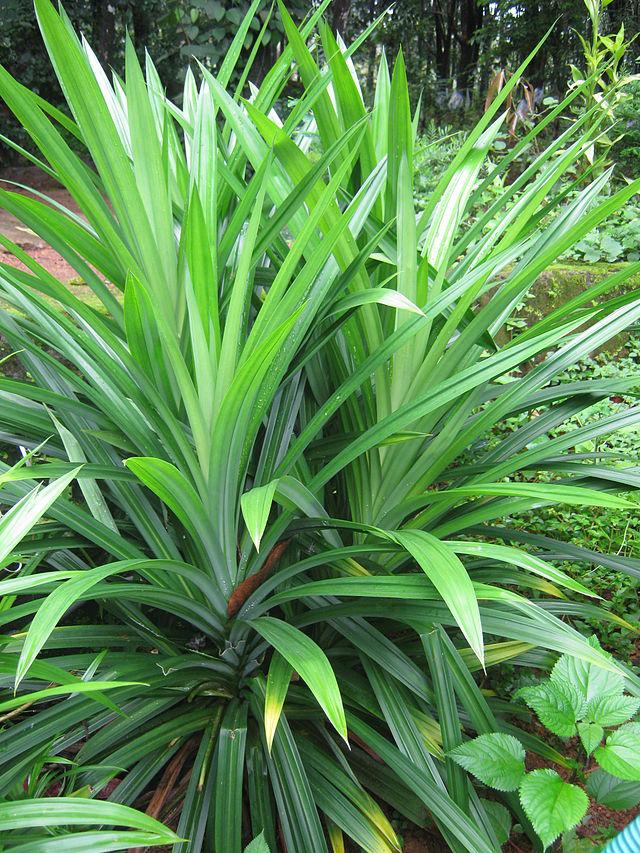
Pandan leaves add a subtle aroma and appealing color to desserts and cakes
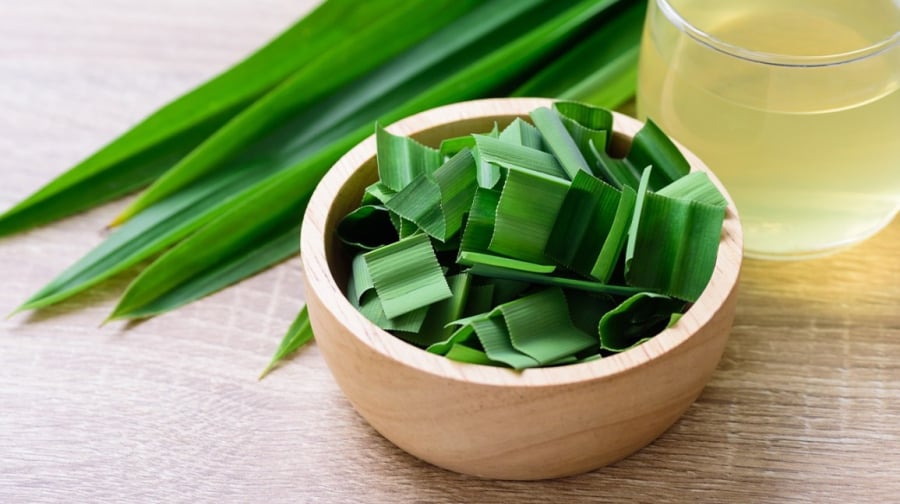
Fresh pandan leaves are usually more aromatic and flavorful, but they have a limited shelf life.
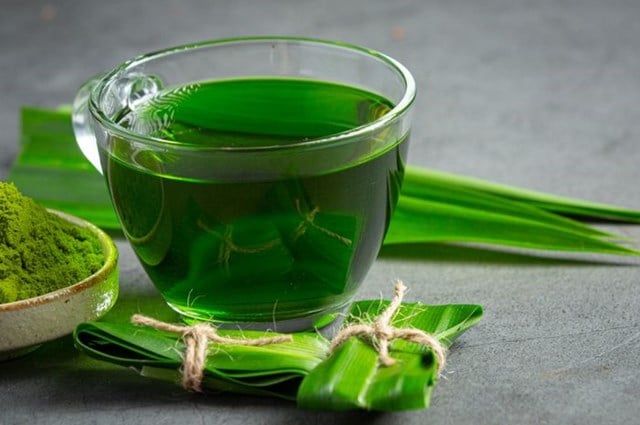
The Surprising Seven: Discover the Astonishing Benefits of Avocados in Your Daily Diet
Avocados have earned the title of a “superfood” and for good reason. This creamy, versatile fruit is packed with nearly 20 essential vitamins and minerals, including potassium, lutein, and folate. It’s also rich in fiber, healthy fats, and low in sugar, making it a nutritional powerhouse with a wide range of health benefits.


























